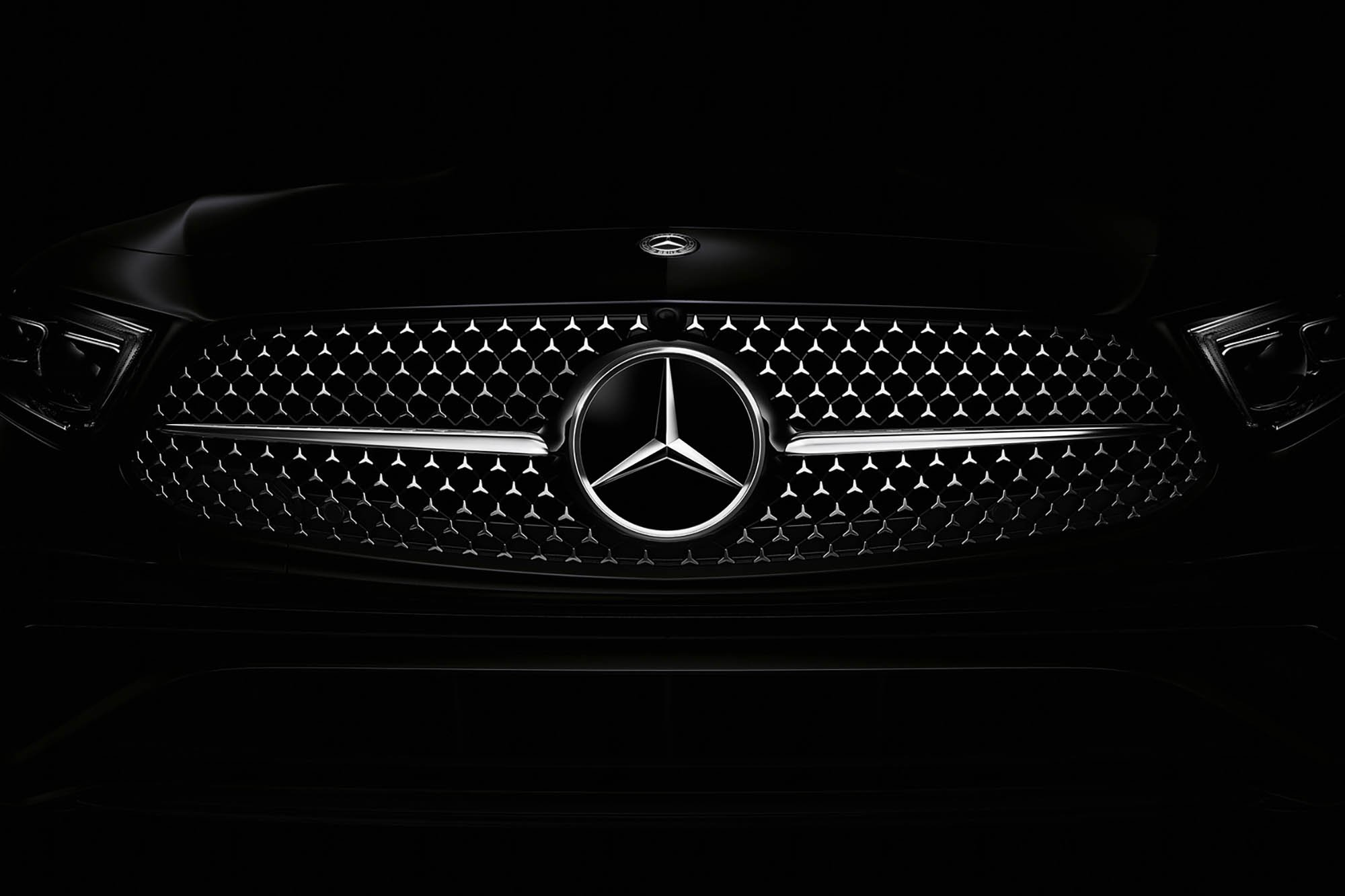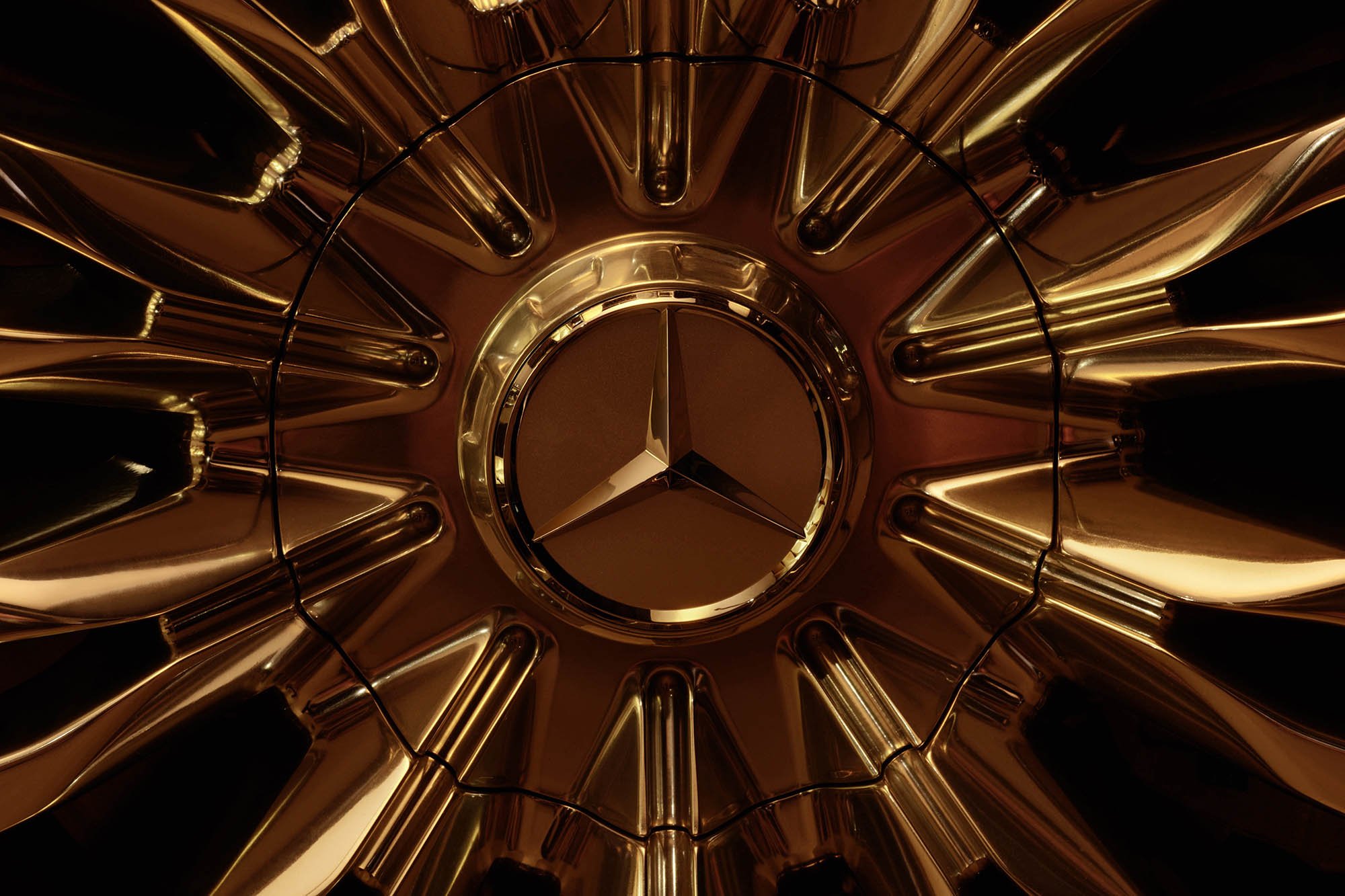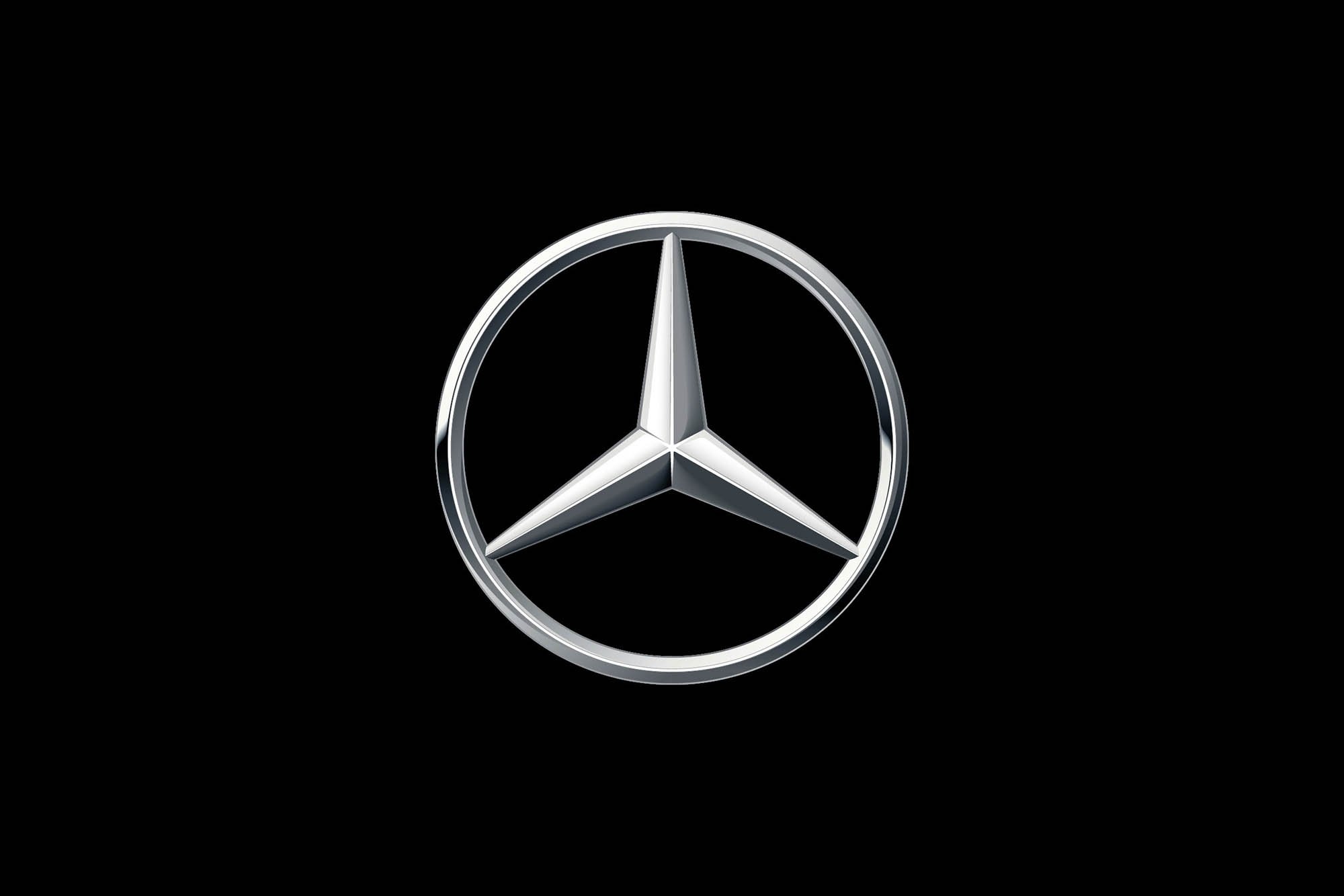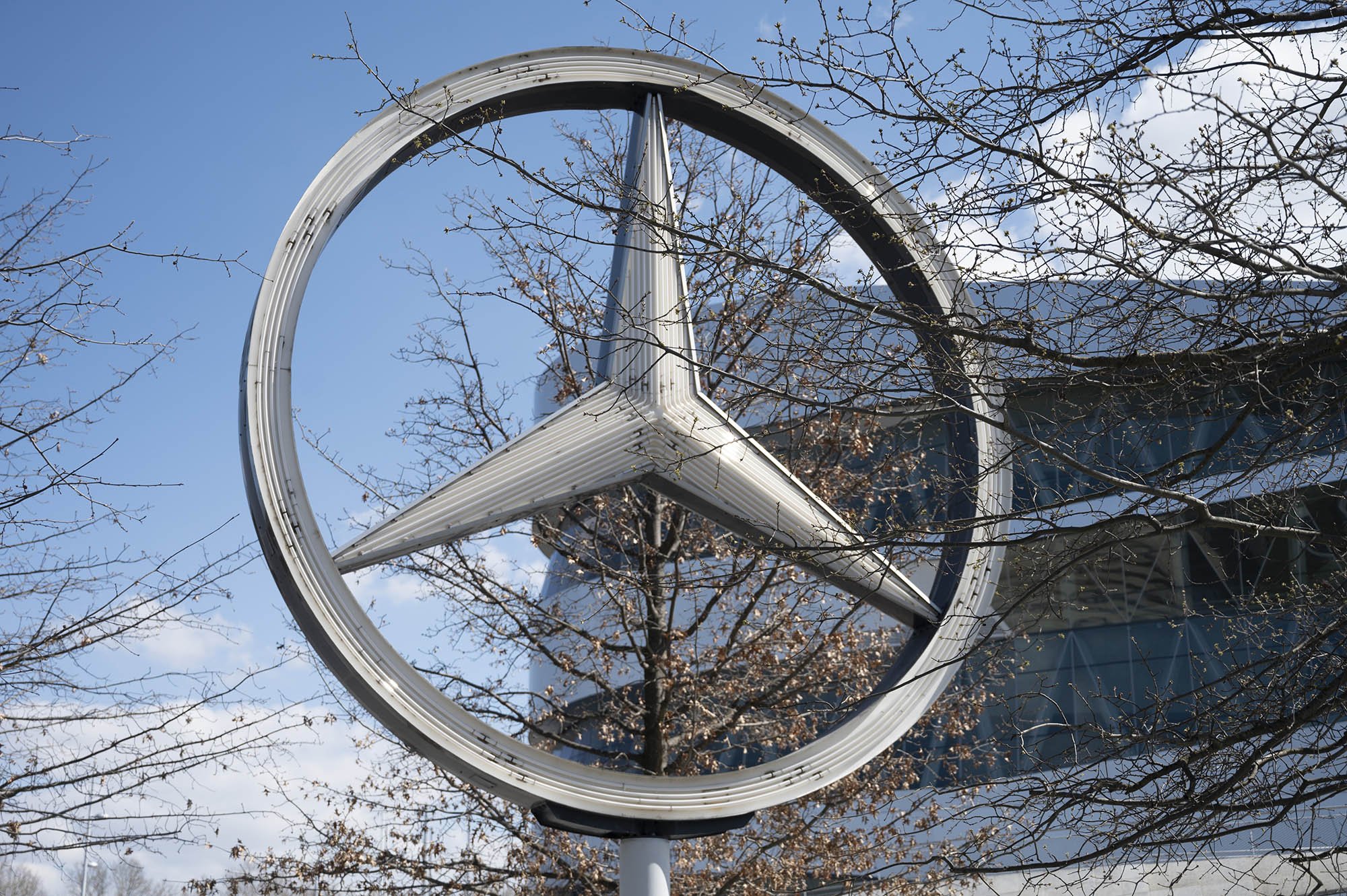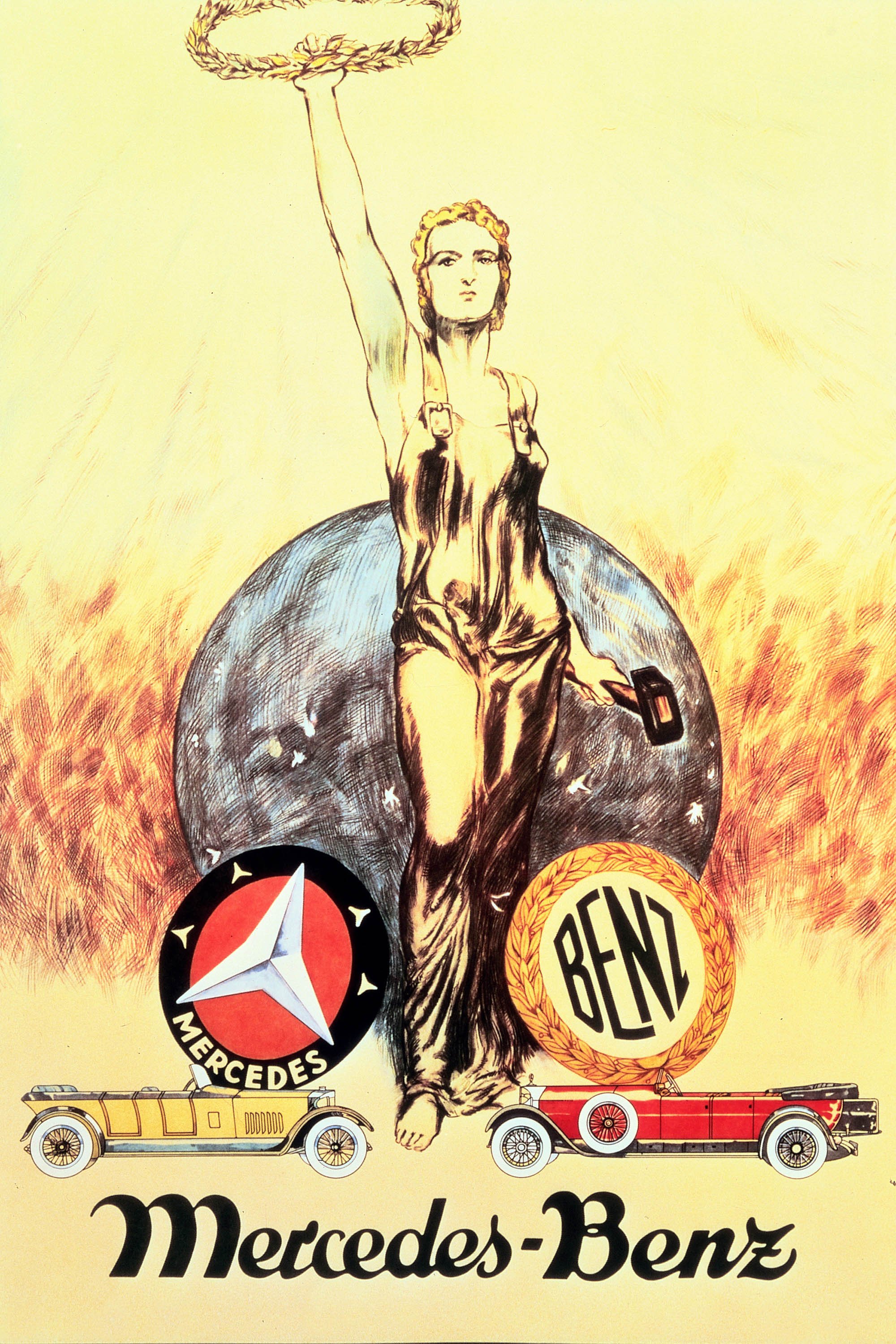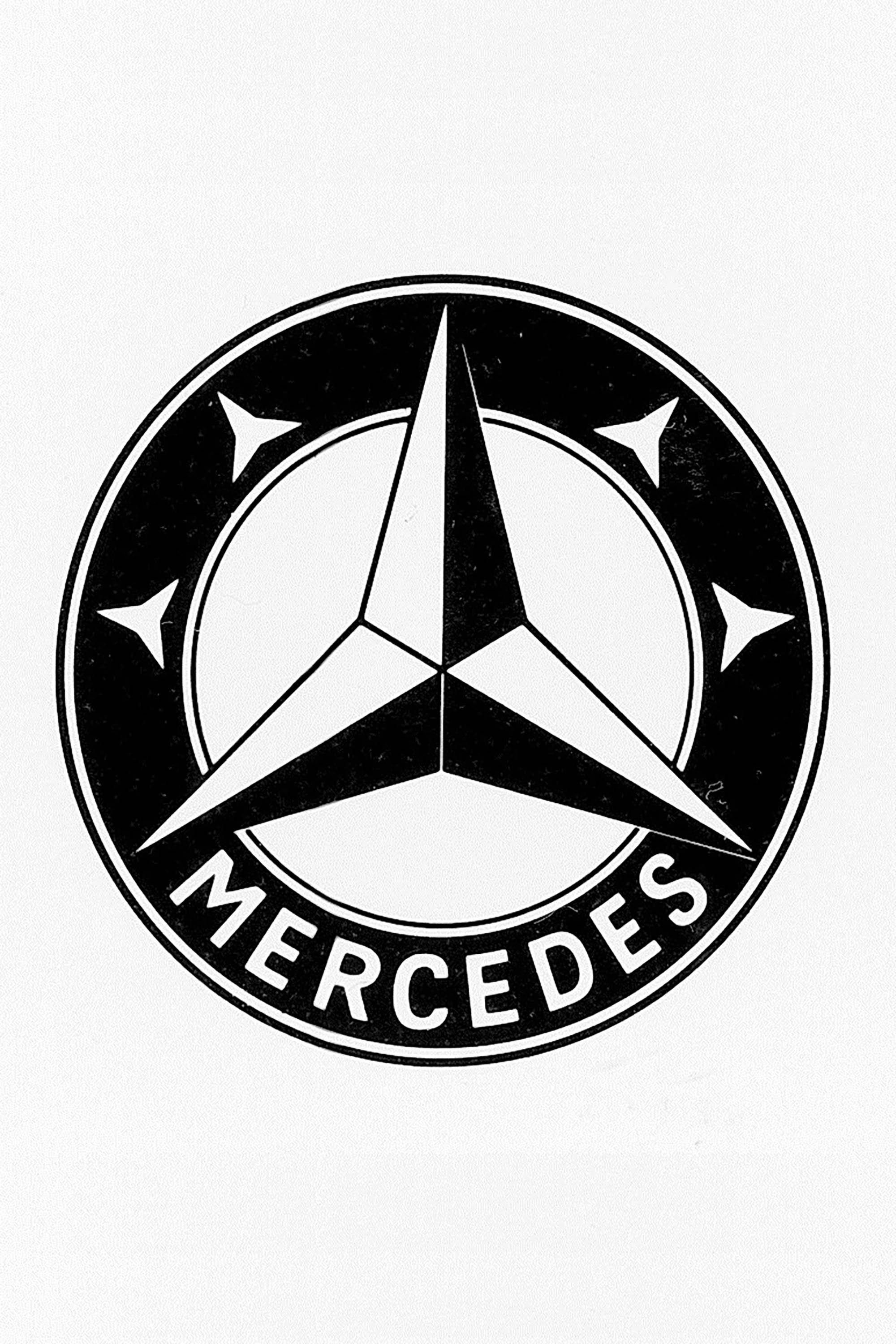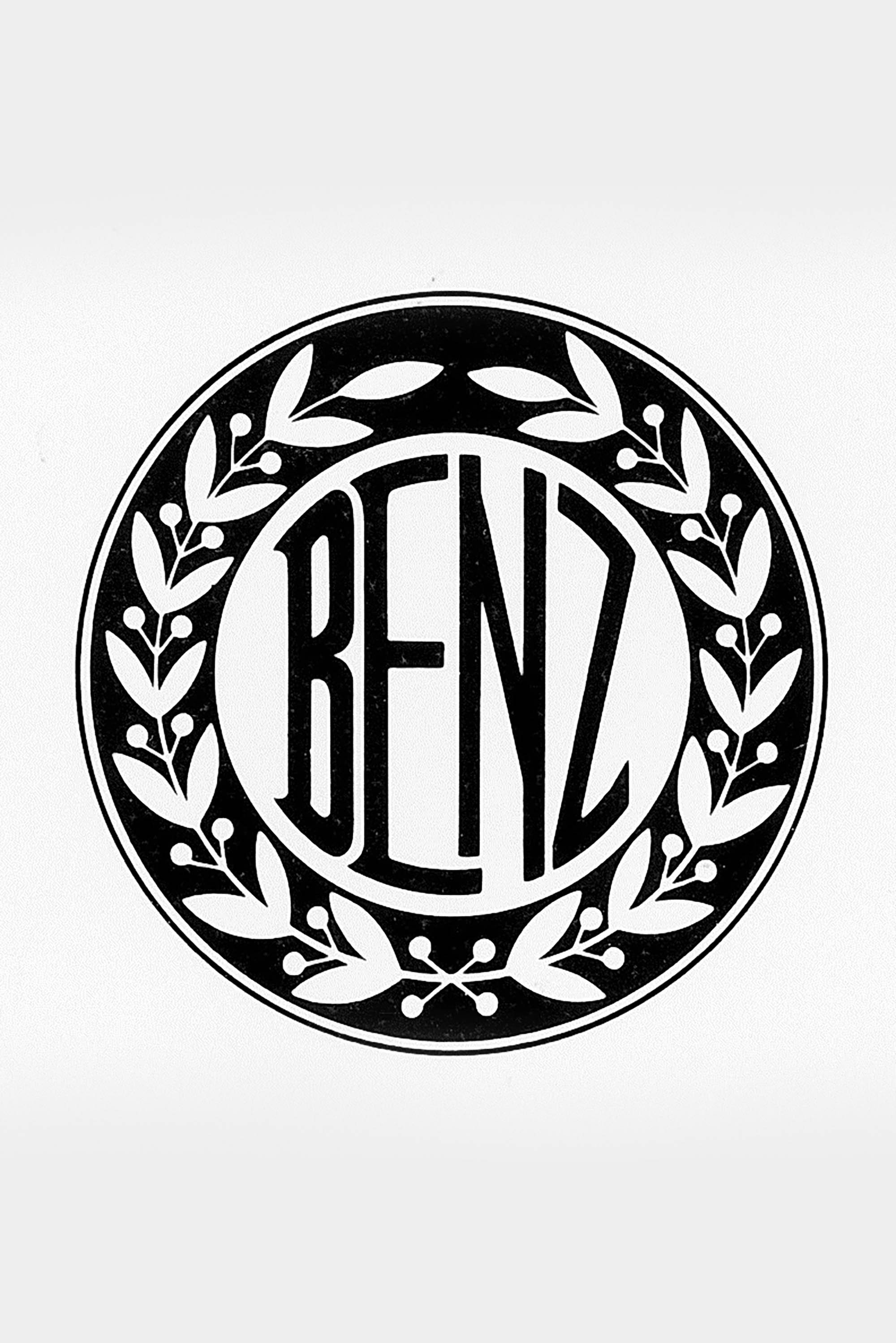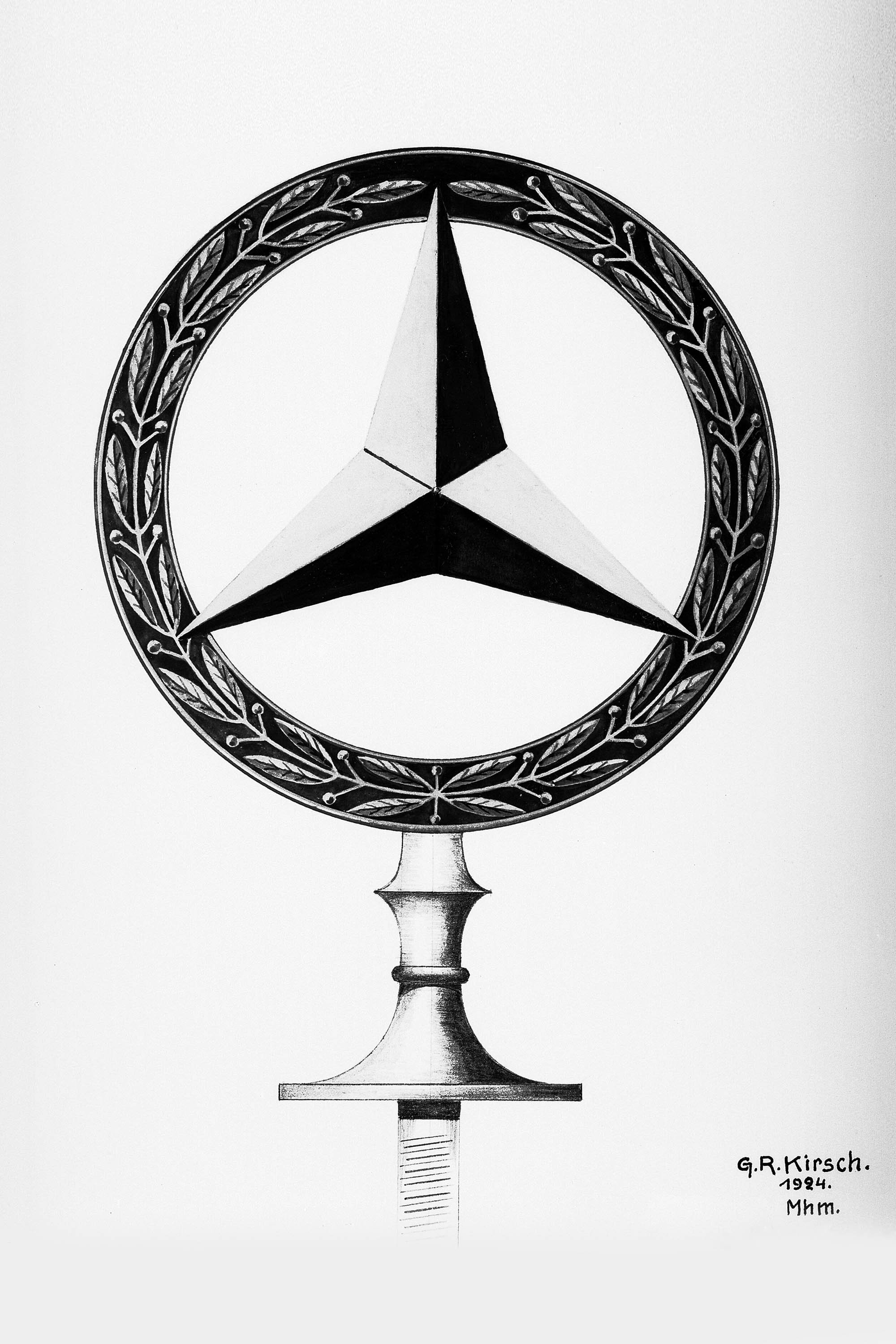The three-pointed star
Mercedes’ three-pointed star is one of the most recognised symbols in the world. This year, the star in the ring is 100 years old in this form. On 5 November 1921, Daimler-Motoren-Gesellschaft (DMG) applied to the patent office for utility model protection for this and other variants of its trademark. It was registered as a trademark in August 1923. The cooling water screw cap immediately became a pedestal for the new Mercedes brand signet. Soon, it was also used in other parts of passenger cars and commercial vehicles. The star itself, without the surrounding ring, had been known for a good decade. DMG applied for utility model protection for it in 1909, and it was entered in the trademark register in 1911.
The merger of DMG with Benz & Cie. to form Daimler-Benz AG also saw their trademarks merge: from the summer of 1926 onwards, DMG’s three-pointed star was edged with Benz’s laurel wreath. With the success of the new automotive brand, this synonym for technological innovation, engineering skill and brand-defining design began to enjoy a tremendous level of recognition worldwide and acquired immense standing.
After the establishment of the community of interests between Benz and Daimler in preparation for the corporate merger on 1 May 1924, the emblems of the two oldest car manufacturers initially stood side by side. On 18 February 1925, accomplished graphic artists finally put the effective signets together. Thus, the three-pointed star and laurel wreath as well as the word marks Mercedes and Benz merged to form a new trademark. On 18 February 1925, the new emblem and subsequently the word mark “Mercedes-Benz” were registered. To this day, this trademark remains almost unchanged. As a badge with the highlighted three-pointed star, it adorns all Mercedes-Benz vehicles, quite apart from the larger star on the front of many vehicles of this brand, which stands on its own.
Photos © Mercedes-Benz


